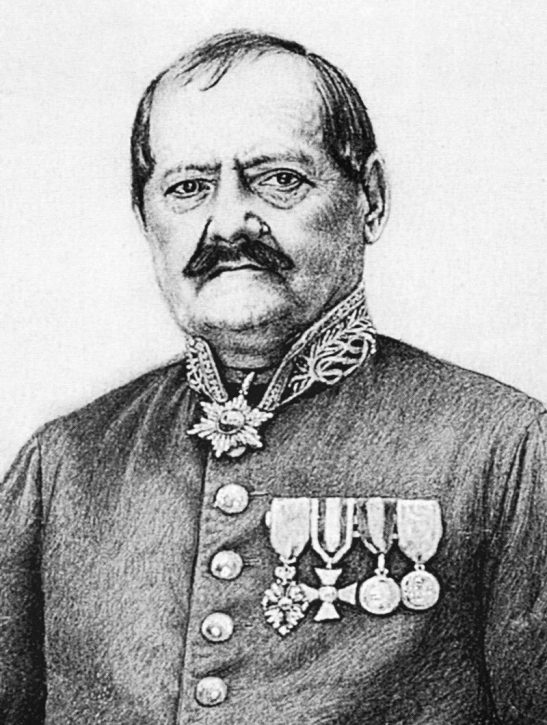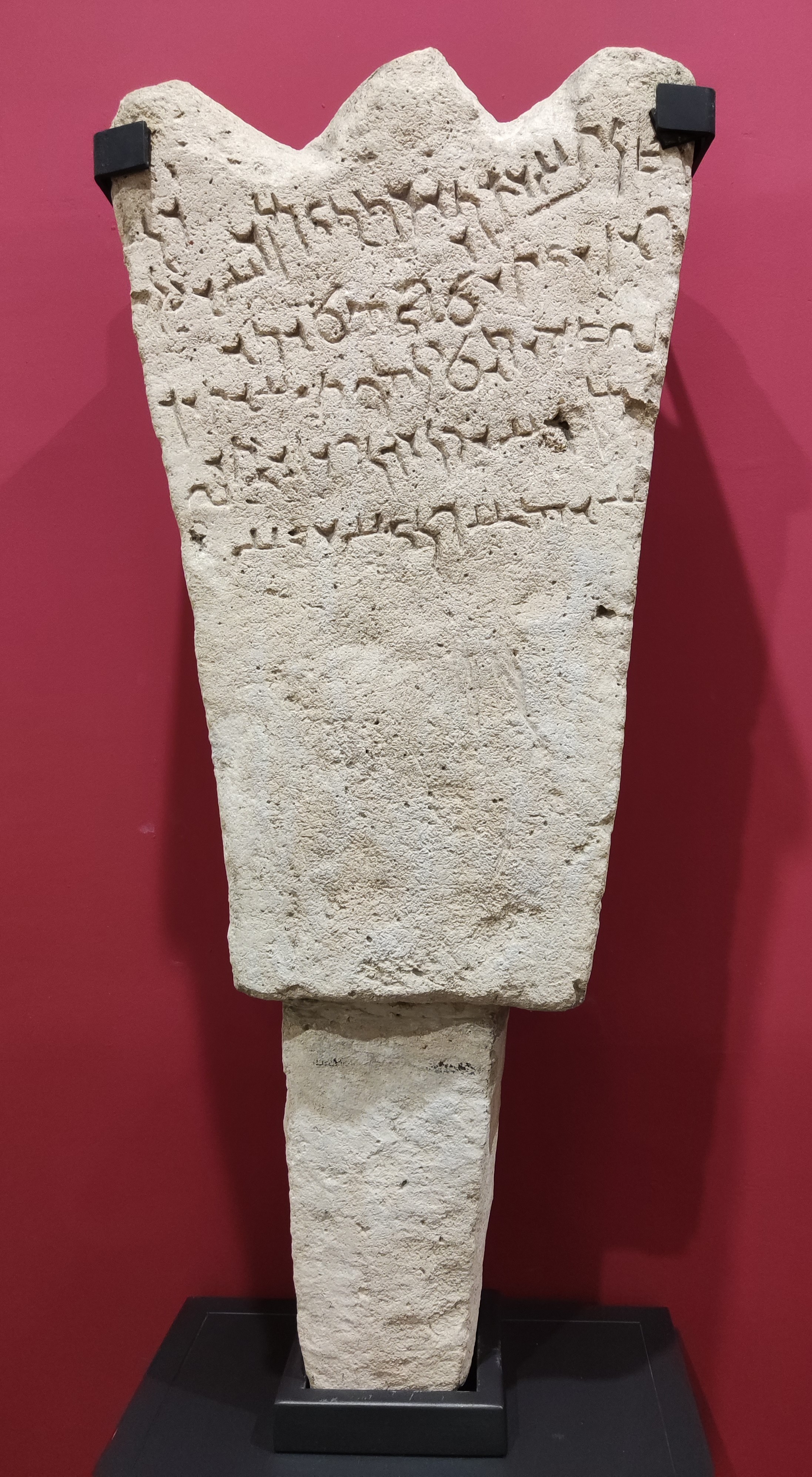|
Hovnatanian
The Hovnatanyan family (, ''Hovnat'anyanner'') was a prominent Armenian family of painters. They include five generations from 17th to 19th centuries. Hovnatanyans are originally from the village of Shorot, Yernjak district in Nakhichevan (now Şurud, Julfa Rayon, Nakhichivan Autonomous Republic). They were based in Nakhichevan, Yerevan, Tbilisi, Ejmiatsin, Saint Petersburg Saint Petersburg, formerly known as Petrograd and later Leningrad, is the List of cities and towns in Russia by population, second-largest city in Russia after Moscow. It is situated on the Neva, River Neva, at the head of the Gulf of Finland ... and Persia. Most of their works are dedicated to Christianity like other works of their era. The surname derives from ''Hovnatan'', the Armenian equivalent of Jonathan. Family members * Naghash Hovnatan (Նաղաշ Հովնաթան) (1661–1722) – founder of the family; poet, artist, miniaturist, wall-painter, and a church clerk **Harutyun Hovna ... [...More Info...] [...Related Items...] OR: [Wikipedia] [Google] [Baidu] |
Hakob Hovnatanyan
Hakob Hovnatanyan (; 1806–1881) was an Armenians, Armenian artist. He was a member of the Hovnatanyan family, a miniaturists dynasty from the 17th to the 19th centuries. Hacob Hovantanyan who was also called “The Raphael of Tiflis”, was the founder of the modern Armenian painting school and one of the masters in portraiture, illustration and miniature. Life Hakob Hovnatanyan was the fifth generation from the Hovnatanian family. He succeeded the patriarch of the family Naghash Hovnatan (1661–1722), a famous poet and painter. Naghash lived in Caucasus in the Safavid era. Hovnatanyan received his training from Mkrtum Hovnatanyan, his father, and painted the walls of some churches with his father in Armenia and Tiflis in his youth. His widespread fame began when he was awarded the golden medal from Saint Petersburg Art organization in 1841. After that, he was notably considered by Georgian media. His masterpieces were created from 1840 to 1850. He achieved an accomplished ... [...More Info...] [...Related Items...] OR: [Wikipedia] [Google] [Baidu] |
Hovnatanian (crater)
Hovnatanian is a crater on Mercury. Its “butterfly” pattern of ejecta rays were created by an impact at an even lower angle than that which formed neighboring Qi Baishi crater. From the "butterfly" pattern of rays (similar to Messier crater on the Moon), the Hovnatanian impactor was travelling either north-to-south or south-to-north prior to hitting Mercury's surface. Hovnatanian lies to the west of Tir Planitia. The crater was named in 2008 for Hakob Hovnatanyan Hakob Hovnatanyan (; 1806–1881) was an Armenians, Armenian artist. He was a member of the Hovnatanyan family, a miniaturists dynasty from the 17th to the 19th centuries. Hacob Hovantanyan who was also called “The Raphael of Tiflis”, was th ..., a 19th-century Armenian artist. Views Hovnatanian crater EN0261369950M.jpg, MESSENGER image showing the bright crater floor and some of the extent of the rays Hovnatanian crater EN0235218286M.jpg, Oblique MESSENGER image at a low sun angle References Impa ... [...More Info...] [...Related Items...] OR: [Wikipedia] [Google] [Baidu] |
Artashes I
Artaxias I (from ) was the founder of the Artaxiad dynasty of Armenia, ruling from 189 BC to 160 BC. Artaxias was a member of a branch of the Orontid dynasty, the earlier ruling dynasty of Armenia. He expanded his kingdom on all sides, consolidating the territory of Greater Armenia. He enacted a number of administrative reforms to order his expanded realm. He also founded a new capital in the central valley of the Araxes River called Artaxata (Artashat), which quickly grew into a major urban and commercial center. He was succeeded by his son Artavasdes I. Modern scholars regard him as the founder of independent Armenian statehood. Name The Greek form ''Artaxias'' ultimately derives from the Old Iranian name *, which is also the source of Greek () and Middle Persian Ardashir. The Armenian form, (), was borrowed at an early date, possibly during the late Achaemenid period, from Old Persian . According to Hrachia Acharian, the immediate source of the Armenian form is the u ... [...More Info...] [...Related Items...] OR: [Wikipedia] [Google] [Baidu] |
Naghash Hovnatan
Naghash Hovnatan (; 1661, Shorot, Nakhijevan, Safavid Iran – 1722, Shorot) was an Armenian poet, '' ashugh'', painter, and founder of the Hovnatanian artistic family. He is considered the founder of the new Armenian minstrel school, following medieval Armenian lyric poetry. Biography Hovnatan was born to a priestly family in Nakhijevan (at the time part of the Erivan Province in the Safavid Empire) in the village of Shorot. He studied at the Saint Thomas Monastery in Agulis. Hovnatan spent most of his life in Tbilisi and Yerevan and is considered one of the most prominent representatives of late medieval secular Armenian poetry, his work is closest to the work of ashughs. In 1710 he moved to Tbilisi, where, in addition to being a painter, he also became a court ashugh. Hovnatan authored more than a hundred satirical, romantic, drinking, and edifying or admonitory songs and odes. As a painter, Hovnatan undertook the interior decoration of the Etchmiadzin Cathedral in 1 ... [...More Info...] [...Related Items...] OR: [Wikipedia] [Google] [Baidu] |
Hayk
Hayk (, ), also known as Hayk Nahapet (, , ), is the legendary patriarch and founder of the Armenian nation. His story is told in the ''History of Armenia'' attributed to the Armenian historian Movses Khorenatsi and in the ''Primary History'' traditionally attributed to Sebeos. Fragments of the legend of Hayk are also preserved in the works of other authors, as well as in Armenian folk tradition. Etymology The name of the patriarch, ''Hayk'' (), is not exactly homophonous with the Armenian name for "Armenia," ''Haykʻ'' (). In Classical Armenian, ''Haykʻ'' is the nominative plural of ''hay'' ( հայ), the Armenian word for "Armenian." While Robert W. Thomson considers the etymology of ''Haykʻ'' (Հայք) from ''Hayk'' (Հայկ) to be impossible, other scholars consider the connection between the two to be obvious and derive ''Hayk'' from ''hay''/''Haykʻ'' via the suffix ''-ik''. Martirosyan, Hrach (2010). ''Etymological Dictionary of the Armenian Inherited Lexicon'' ... [...More Info...] [...Related Items...] OR: [Wikipedia] [Google] [Baidu] |
Moses Of Chorene
Movses Khorenatsi ( 410–490s AD; , ) was a prominent Armenian historian from late antiquity and the author of the '' History of the Armenians''. Movses's ''History of the Armenians'' was the first attempt at a universal history of Armenia and remains the only known general account of early Armenian history. It traces Armenian history from its origins to the fifth century, during which Movses claimed to have lived. His history had an enormous impact on Armenian historiography and was used and quoted extensively by later medieval Armenian authors. He is called the "father of Armenian history" () in Armenian, and is sometimes referred to as the "Armenian Herodotus". Movses's history is also valued for its unique material on the old oral traditions in Armenia before its conversion to Christianity. Approximately twenty manuscripts of Movses's history have reached us, the majority of which date from the thirteenth and fourteenth centuries. Movses identified himself as a young disciple ... [...More Info...] [...Related Items...] OR: [Wikipedia] [Google] [Baidu] |
Armenians
Armenians (, ) are an ethnic group indigenous to the Armenian highlands of West Asia.Robert Hewsen, Hewsen, Robert H. "The Geography of Armenia" in ''The Armenian People From Ancient to Modern Times Volume I: The Dynastic Periods: From Antiquity to the Fourteenth Century''. Richard G. Hovannisian (ed.) New York: St. Martin's Press, 1997, pp. 1–17 Armenians constitute the main demographic group in Armenia and constituted the main population of the breakaway Republic of Artsakh until their Flight of Nagorno-Karabakh Armenians, subsequent flight due to the 2023 Azerbaijani offensive in Nagorno-Karabakh, 2023 Azerbaijani offensive. There is a large Armenian diaspora, diaspora of around five million people of Armenian ancestry living outside the Republic of Armenia. The largest Armenian populations exist in Armenians in Russia, Russia, the Armenian Americans, United States, Armenians in France, France, Armenians in Georgia, Georgia, Iranian Armenians, Iran, Armenians in Germany, ... [...More Info...] [...Related Items...] OR: [Wikipedia] [Google] [Baidu] |
Nakhichivan Autonomous Republic
The Nakhchivan Autonomous Republic (, ) is a landlocked country, landlocked Enclave and exclave, exclave of the Azerbaijan, Republic of Azerbaijan. The region covers Official portal of Nakhchivan Autonomous RepublicNakhchivan Autonomous Republic with a population of 459,600. It is bordered by Armenia to the east and north, Iran to the southwest, and Turkey to the west. It is the sole autonomous republic of Azerbaijan, governed by Supreme Assembly (Nakhchivan), its own elected legislature. The republic, especially the capital city of Nakhchivan (city), Nakhchivan, has a long history dating back to about 1500 BC. ''Nakhijevan'' was one the Provinces of the kingdom of Armenia (antiquity), cantons of the historical Armenian province of Vaspurakan in the Kingdom of Armenia (antiquity), Kingdom of Armenia. Historically, the Persians, Armenians, Mongols, and Turkic peoples, Turks all competed for the region. The area that is now Nakhchivan became part of Safavid Iran in the 16th centur ... [...More Info...] [...Related Items...] OR: [Wikipedia] [Google] [Baidu] |
Nerses V
Nerses V of Ashtarak (, ; 1770 – February 13, 1857) served as the Catholicos of the Armenian Apostolic Church between 1843 and 1857. Previously, he served as the leader of the Diocese of Georgia from 1811 to 1830 and as the leader of the Diocese of Bessarabia and Nor Nakhichevan from 1830 to 1843. Nerses V is buried near Mother Cathedral of Holy Etchmiadzin. Early life Nerses V born in 1770 in the village of the Ashtarak, in Armenian family. He was the son of a priest, Ter-Harutyun Shahazizyan. His mother, Susambar, was an Armenian from Byurakan village. From the age of 8 he studied at the Gevorgyan Theological Seminary in Etchmiadzin. In 1791, he was ordained as a deacon, In 1794, he received the rank of Archimandrite. Gallery File:Tombstone - Nerses V.JPG, Tombstone of Nerses V near Mother Cathedral of Holy Etchmiadzin Awards * Order of St. Andrew * Order of Saint Alexander Nevsky The Imperial Order of Saint Alexander Nevsky was an order of chivalry of th ... [...More Info...] [...Related Items...] OR: [Wikipedia] [Google] [Baidu] |
Şurud
Şurud (anglicized as Shurud), also Shorot () or Shurut () is a village and municipality in the Julfa District of Nakhchivan, Azerbaijan. It is located 23 km to the north of the district center, on the slope of the Zangezur mountain range. It has a population of 180, primarily occupied in farming and animal husbandry. There are a secondary school, a club, a library, a communication center, and a medical center in the village. History Shurut was a small Armenian-populated town during the late medieval period, with churches, schools, monasteries, scriptoriums, and a population of several tens of thousands. It is first mentioned in historical sources from the 13th century. Monuments * St. Hakob-Hayrapet Church was a 12th-century Armenian church located in the center of the village and was destroyed at some point between 1997 and 2006. * St. Astvatsatsin Monastery or Kusakan Monastery was an Armenian monastery located 1 km north of the village and was razed to ground ... [...More Info...] [...Related Items...] OR: [Wikipedia] [Google] [Baidu] |
Etchmiadzin Cathedral
Etchmiadzin Cathedral is the Mother church#Church as a building, mother church of the Armenian Apostolic Church, located in the city Dual naming, dually known as Etchmiadzin (Ejmiatsin) and Vagharshapat, Armenia. It is #Oldest cathedral, usually considered the first cathedral built in Kingdom of Armenia (antiquity), ancient Armenia, and often regarded as the List of oldest church buildings, oldest cathedral in the world. The original church was built in the early fourth century—between 301 and 303 according to tradition—by Armenia's patron saint Gregory the Illuminator, following the adoption of Christianity as a state religion by King Tiridates III of Armenia, Tiridates III. It was built over a pagan temple, symbolizing the conversion from paganism to Christianity. The core of the current building was built in 483/4 by Vahan Mamikonian after the cathedral was severely damaged in a Persian invasion. From its foundation until the second half of the fifth century, Etchmiadzin ... [...More Info...] [...Related Items...] OR: [Wikipedia] [Google] [Baidu] |







